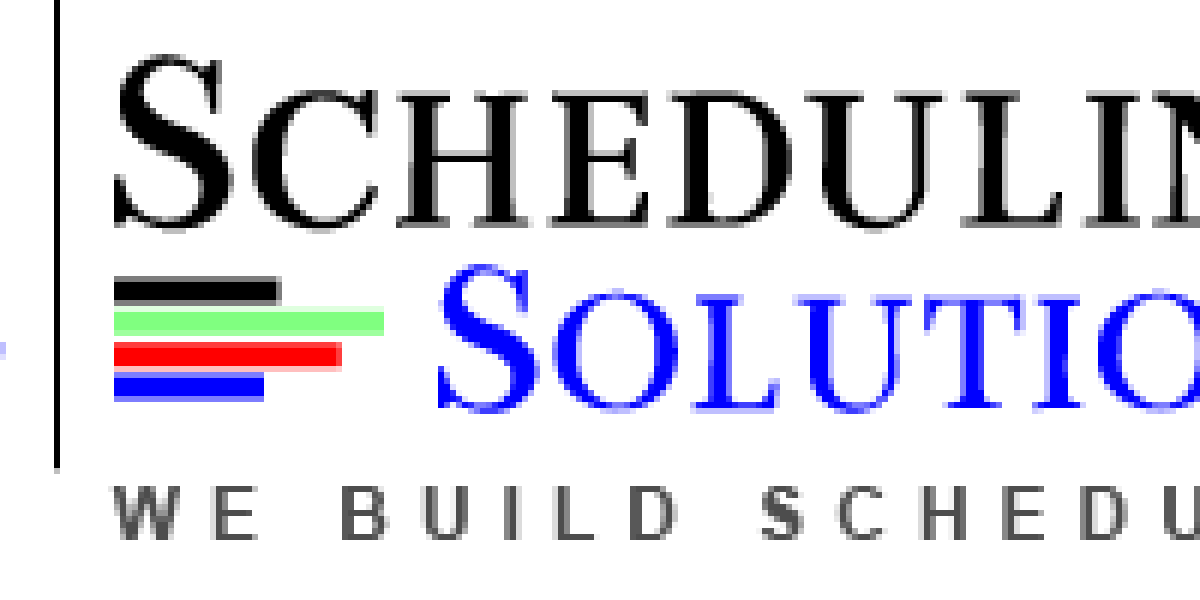Every successful project begins with a strong foundation — and that foundation is built on effective planning and scheduling. These two elements form the backbone of project management, ensuring that goals are met, resources are used wisely, and tasks are completed on time. Whether it’s construction, IT development, engineering, or event management, without a clear plan and timeline, even the most promising projects can derail.
Planning and scheduling are distinct but closely connected concepts. Planning defines what needs to be done, while scheduling determines when and how it will be completed. Together, they provide a structured roadmap from project initiation to delivery.
What Is Project Planning?
Project planning is the process of defining project scope, objectives, deliverables, resources, and steps needed to complete the work. It involves stakeholder communication, resource analysis, risk management, and establishing performance baselines.
Key elements of project planning include:
-
Defining objectives and deliverables
-
Setting timelines and deadlines
-
Allocating resources (human, financial, material)
-
Identifying potential risks
-
Developing contingency strategies
Planning provides clarity to all team members and aligns the project with broader business goals. It ensures that all necessary steps are outlined before work begins, reducing uncertainties and last-minute decisions.
What Is Project Scheduling?
Scheduling takes the project plan and adds time-related structure. It outlines the order in which tasks are performed, allocates time frames, and sets dependencies between tasks.
Main components of scheduling:
-
Task sequencing
-
Start and end dates
-
Milestones
-
Dependencies (finish-to-start, start-to-start, etc.)
-
Resource calendars
Project scheduling tools help visualize this timeline through Gantt charts, critical path diagrams, and calendar views. This not only guides execution but also enables tracking progress and identifying bottlenecks.
Why Planning and Scheduling Matter
-
Improved Time Management
Clear scheduling helps prevent delays and ensures that every task is completed within the allotted time frame. It supports realistic deadlines and allows early identification of risks. -
Efficient Resource Allocation
Through effective planning, project managers can assign the right resources to the right tasks without overburdening anyone. Scheduling further ensures that resources are available when needed. -
Risk Mitigation
Planning allows teams to anticipate challenges and put preventive measures in place. Scheduling enables flexibility to adjust timelines if issues arise. -
Better Budget Control
A well-structured plan and schedule help keep costs in check by minimizing inefficiencies, avoiding rework, and ensuring timely procurement and deployment of resources. -
Enhanced Communication and Collaboration
When a plan and schedule are shared with the team, everyone is on the same page. It fosters accountability and enables cross-functional coordination. -
Goal Tracking and Performance Measurement
A planned and scheduled project offers benchmarks and milestones against which progress can be measured. This supports continuous improvement and on-time delivery.
Common Tools Used for Planning and Scheduling
-
Microsoft Project: Ideal for developing complex project schedules, resource management, and progress tracking.
-
Primavera P6: Widely used in construction and infrastructure for large-scale project scheduling.
-
Excel and Google Sheets: Useful for small projects with simpler scheduling needs.
-
Gantt Chart Software: Tools like GanttPRO or TeamGantt help visualize timelines and task dependencies.
These tools provide dynamic visual representations and allow for easy updates as the project evolves.
Best Practices for Effective Planning and Scheduling
-
Start Early
Don’t wait until execution starts. Plan and schedule as early as possible to foresee potential issues. -
Break Down Work into Manageable Units
Use a Work Breakdown Structure (WBS) to divide the project into phases, tasks, and subtasks. -
Set Realistic Timeframes
Avoid over-optimism. Use historical data and expert input to set achievable durations. -
Use Milestones
Milestones help track progress and act as checkpoints to evaluate project health. -
Monitor and Adjust
Regularly review the schedule and update it based on actual progress and changes in scope. -
Engage the Team
Include input from team members when planning and scheduling. This ensures practical timelines and fosters commitment.
Industries That Rely Heavily on Planning and Scheduling
-
Construction and Infrastructure
-
Engineering and Manufacturing
-
Software and IT Services
-
Healthcare Projects
-
Event and Conference Management
-
Oil and Gas Operations
In each of these sectors, proper planning and scheduling directly influence safety, cost efficiency, quality, and timely completion.
Conclusion
Planning and scheduling are more than just administrative tasks—they are strategic functions that determine the success or failure of a project. By developing a clear project plan and maintaining a realistic, adaptable schedule, organizations can deliver projects that meet deadlines, stay within budget, and exceed stakeholder expectations.
Strong planning and scheduling reduce stress, improve coordination, and ensure project teams stay focused on achieving results. When implemented correctly, they bring structure, clarity, and control to any complex initiative.












